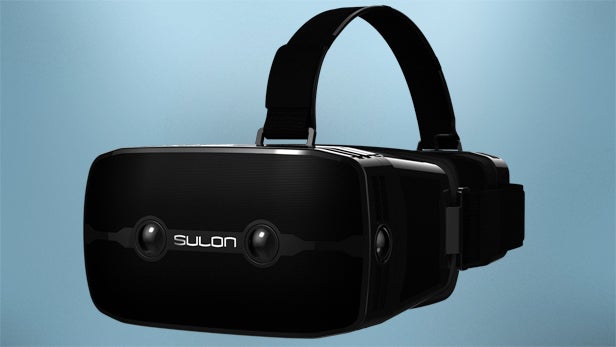AMD launches Sulon Q VR headset, takes aim at HTC Vive

The scramble for virtual reality dominance shows no signs of stopping.
AMD has announced a new partnership with Sulon Virtual Reality to launch a brand new VR headset.
According to the computing giant, the Sulon Q is the “world’s first” all-in-one, tether-free headset for virtual reality.
The headset is powered by AMD’s Radeon graphics, and makes use of AMD’s LiquidVR graphics platform.
“AMD continues to be a driving force in virtual reality,” says Raja Koduri, Senior VP of AMD’s Radeon group.
Check it out:
To that end, AMD says it now holds an 83% market share in the virtual reality space, as estimated by analyst firm John Peddie Research.
AMD hopes that the Sulon Q will win out over high-end headsets like the HTC Vive and Oculus Rift, both of which require a powerful gaming PC to work.
The Sulon Q, by contrast, ships with Windows 10 hardware on board, including a quad-core AMD processor and a Radeon R7 graphics card.
The headset also features a 256GB SSD, 8GB of RAM, and a 2,560 x 2,440 pixel OLED display with a 110-degree field of view. That all sounds like a heavy headset in the making, but AMD assures us the Sulon Q is “lightweight”.
Related: Oculus Rift vs HTC Vive
What’s more, the Sulon Q boasts two front-facing cameras that map the space around the user in three dimensions. This means the headset can positionally track a user, just like the HTC Vive – albeit without the light-tracking beacons.
The headset is poised for a late spring launch, but pricing is yet to be announced.
(apester:56703bdc9fd14ce830321b59)
What do you think of the virtual reality market so far? Let us know in the comments.


